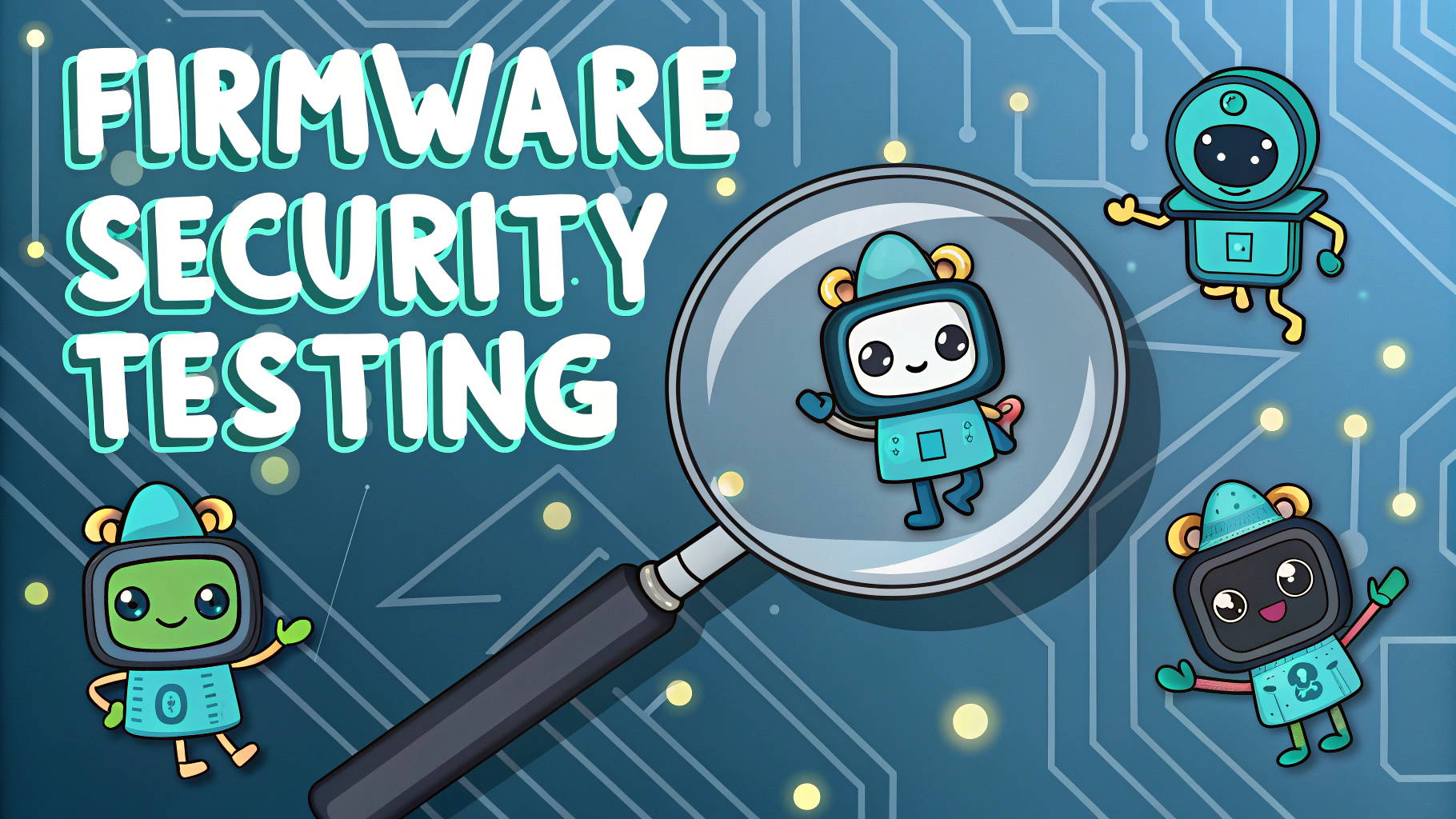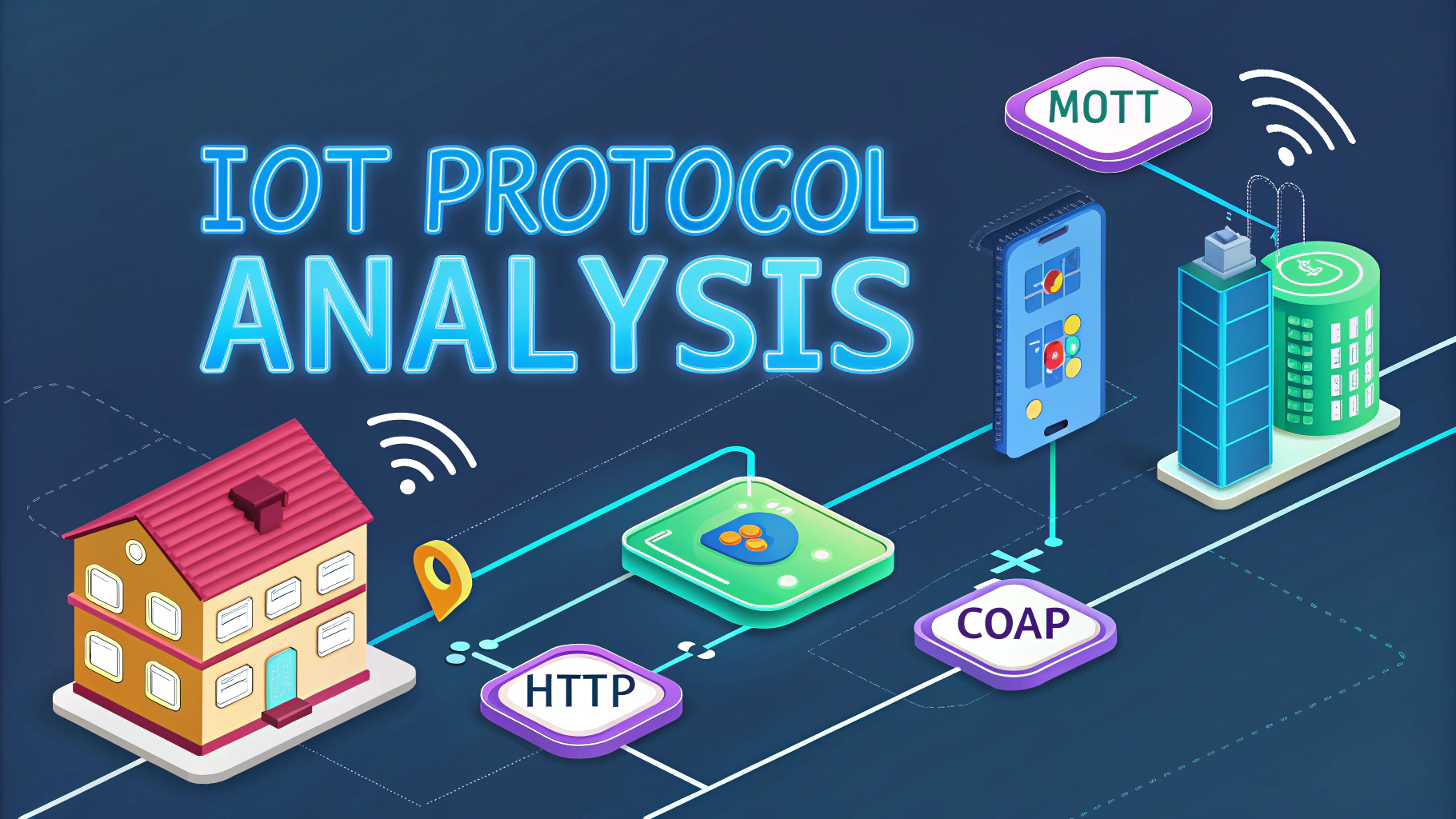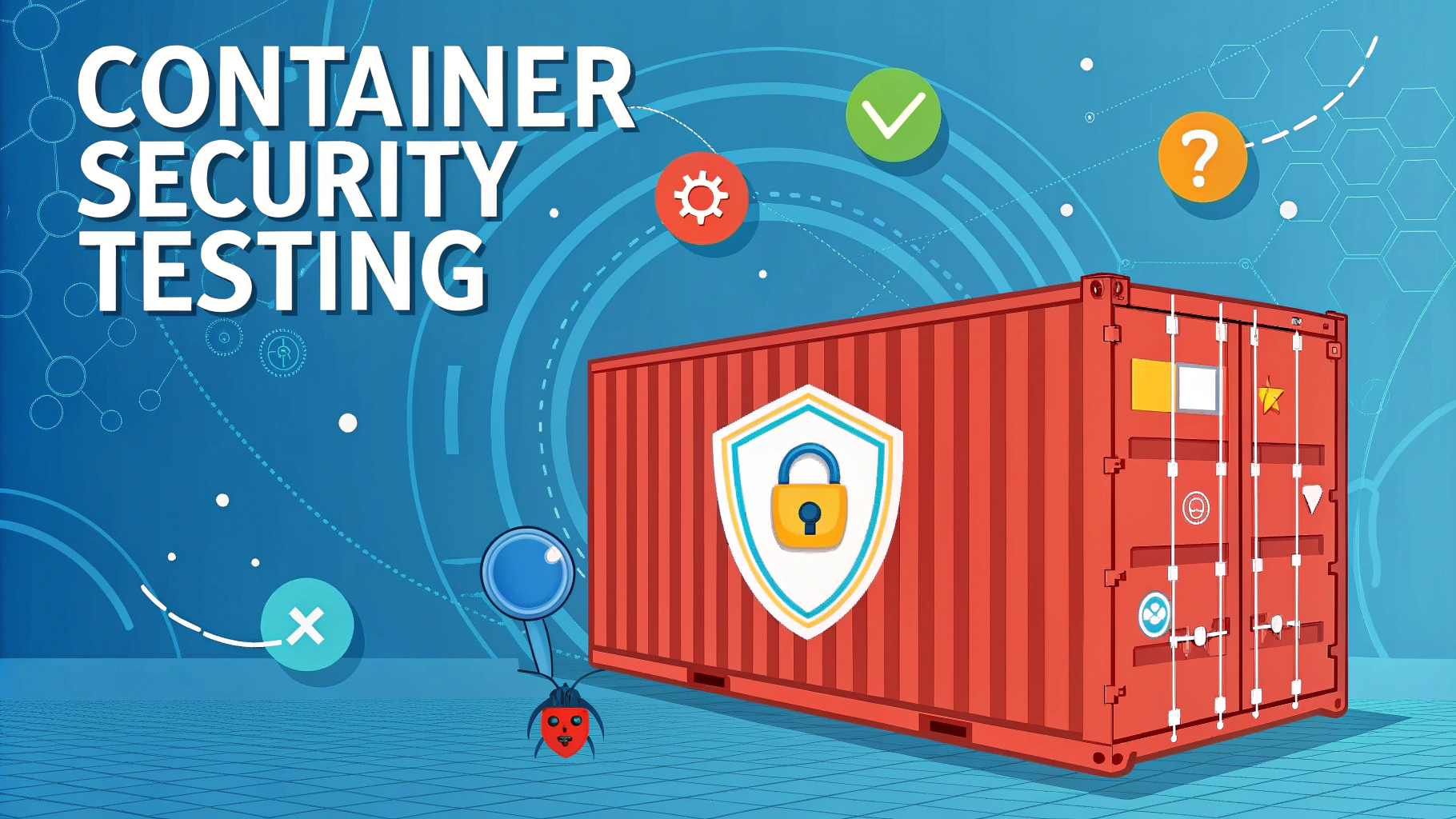Industrial IoT (IIoT) systems connect critical infrastructure, manufacturing equipment, and operational technology to the internet, creating unique security challenges that require specialized penetration testing approaches.
Security breaches in IIoT environments can lead to production shutdowns, equipment damage, and safety risks for workers, making robust security testing essential for protecting industrial operations.
This guide outlines practical penetration testing methods for IIoT systems, helping security professionals identify and address vulnerabilities before attackers can exploit them.
Key Components of IIoT Penetration Testing
- Network Architecture Assessment
- Device Firmware Analysis
- Protocol Security Testing
- Authentication Mechanism Validation
- Physical Security Evaluation
Network Architecture Testing
Start by mapping the complete IIoT network topology, including all connected devices, gateways, and control systems.
Test network segmentation between IT and OT networks to ensure proper isolation of critical systems.
Analyze firewall rules and access controls between different network zones.
Device Security Assessment
- Firmware extraction and analysis for known vulnerabilities
- Default credential testing
- Hardware interface security
- Encryption implementation review
Protocol Security Testing
Test common industrial protocols like Modbus, DNP3, and OPC UA for security weaknesses.
| Protocol | Common Vulnerabilities |
|---|---|
| Modbus | Lack of authentication, cleartext communication |
| DNP3 | Protocol abuse, unauthorized commands |
| OPC UA | Certificate validation issues, implementation flaws |
Authentication Testing
Evaluate access control systems, including user authentication, machine-to-machine authentication, and certificate management.
Physical Security Assessment
- Test physical access controls to IIoT devices
- Evaluate tamper protection mechanisms
- Check for exposed debugging ports
- Review physical network access points
Tools for IIoT Penetration Testing
- Wireshark – Protocol analysis
- Nmap – Network discovery
- Metasploit – Exploitation framework
- ISF (Industrial Security Framework) – ICS/SCADA testing
Reporting and Remediation
Document findings with clear risk ratings and practical remediation steps.
Prioritize fixes based on potential impact to operations and likelihood of exploitation.
Provide detailed technical recommendations for addressing identified vulnerabilities.
Resources and Further Reading
Next Steps for Securing Your IIoT Infrastructure
Schedule regular penetration tests as part of your security maintenance program.
Keep testing tools and methodologies updated to address emerging threats.
Partner with industrial security specialists who understand both IT and OT environments.
Continuous Monitoring and Prevention
Implement ongoing security monitoring systems to detect potential threats in real-time.
- Deploy IDS/IPS solutions specifically configured for industrial protocols
- Monitor network traffic patterns for anomalies
- Set up alerts for unauthorized access attempts
- Track device behavior changes
Incident Response Planning
Develop comprehensive incident response procedures specific to IIoT environments.
Key Response Elements
- Emergency shutdown procedures
- Backup control systems
- Communication protocols during incidents
- Recovery and restoration plans
Compliance and Standards
Align penetration testing methodologies with industry standards and regulatory requirements.
| Standard | Focus Area |
|---|---|
| IEC 62443 | Industrial automation and control systems |
| NIST SP 800-82 | Industrial control systems security |
| ISO 27001 | Information security management |
Securing IIoT for the Future
As industrial systems become increasingly connected, regular security assessments through penetration testing remain crucial for protecting critical infrastructure.
Organizations must maintain a proactive security posture by combining technical controls, security awareness, and robust testing methodologies.
Build a comprehensive security program that addresses both cyber and physical security aspects of IIoT deployments to ensure long-term operational resilience.
FAQs
- What is Industrial IoT (IIoT) penetration testing?
Industrial IoT penetration testing is a systematic process of evaluating the security of industrial connected devices, networks, and systems by simulating real-world cyberattacks to identify vulnerabilities in industrial control systems, SCADA, and other operational technology environments. - What are the main differences between regular IoT and IIoT penetration testing?
IIoT penetration testing focuses on industrial protocols like Modbus, DNP3, and PROFINET, requires specialized knowledge of operational technology, and has stricter safety considerations due to potential physical impacts on critical infrastructure and industrial processes. - What are the critical areas assessed during an IIoT penetration test?
Key areas include device firmware security, industrial network protocols, authentication mechanisms, encrypted communications, physical security controls, wireless connectivity, remote access systems, and PLC/RTU configurations. - How often should IIoT penetration testing be performed?
IIoT penetration testing should be conducted at least annually, after significant system changes, when new devices are integrated, or when major vulnerabilities are discovered in industrial control systems. - What qualifications should an IIoT penetration tester have?
Testers should possess industrial cybersecurity certifications (like GICSP), understand OT/ICS environments, know industrial protocols, have experience with SCADA systems, and understand safety-critical systems operations. - What are the common vulnerabilities found in IIoT systems?
Common vulnerabilities include weak authentication, unencrypted communications, outdated firmware, insecure industrial protocols, misconfigured access controls, exposed programming ports, and insufficient network segmentation. - What tools are typically used for IIoT penetration testing?
Popular tools include Wireshark for protocol analysis, Nmap for network scanning, Metasploit for exploitation testing, Industrial Protocol Fuzzers, PLCScan for PLC discovery, and specialized ICS security assessment tools like ISF and Aegis. - What safety precautions must be taken during IIoT penetration testing?
Testing should be conducted in a controlled environment, with proper authorization, emergency shutdown procedures in place, coordination with operational staff, and careful consideration of potential physical impacts on industrial processes. - How does IIoT penetration testing comply with industrial security standards?
Testing should align with standards like IEC 62443, NIST SP 800-82, and industry-specific regulations, while following testing methodologies that maintain the safety and reliability of industrial operations. - What should be included in an IIoT penetration testing report?
Reports should detail discovered vulnerabilities, risk assessments, potential impact on operations, technical findings, remediation recommendations, and compliance implications for industrial security standards.








